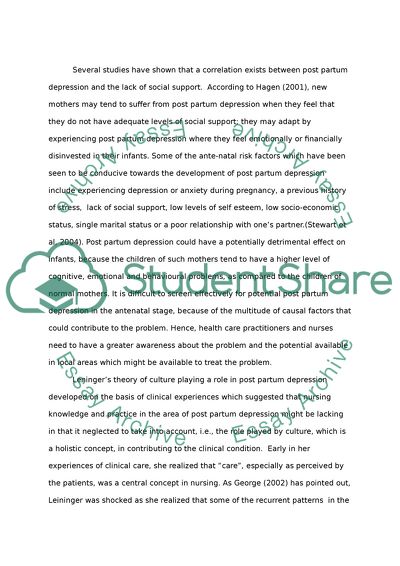Cite this document
(Racial Cultural Perceptions Associated with PPD Research Proposal, n.d.)
Racial Cultural Perceptions Associated with PPD Research Proposal. https://studentshare.org/nursing/1739346-preception-of-nurses-related-to-racial-cualtural-perceptions-associated-with-assessment-of-ppd
Racial Cultural Perceptions Associated with PPD Research Proposal. https://studentshare.org/nursing/1739346-preception-of-nurses-related-to-racial-cualtural-perceptions-associated-with-assessment-of-ppd
(Racial Cultural Perceptions Associated With PPD Research Proposal)
Racial Cultural Perceptions Associated With PPD Research Proposal. https://studentshare.org/nursing/1739346-preception-of-nurses-related-to-racial-cualtural-perceptions-associated-with-assessment-of-ppd.
Racial Cultural Perceptions Associated With PPD Research Proposal. https://studentshare.org/nursing/1739346-preception-of-nurses-related-to-racial-cualtural-perceptions-associated-with-assessment-of-ppd.
“Racial Cultural Perceptions Associated With PPD Research Proposal”. https://studentshare.org/nursing/1739346-preception-of-nurses-related-to-racial-cualtural-perceptions-associated-with-assessment-of-ppd.


